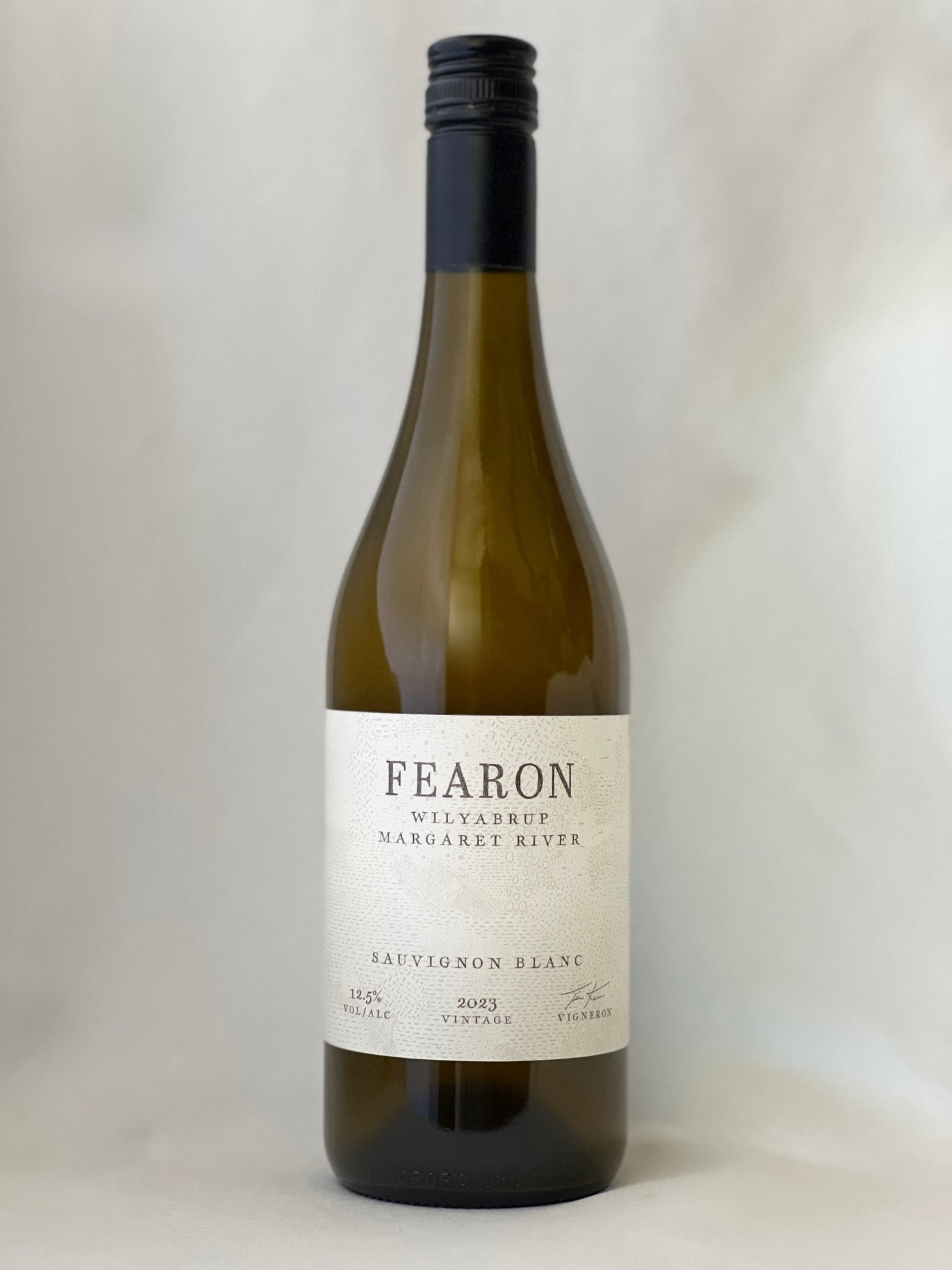2024 Fearon Cabernet Sauvignon

Region: Ferguson Valley, Geographe
Alcohol: 13.5%
Tasting Notes: plum, cassis, blackcurrant fruit
Pairing: hearty casserole or slow-cooked braised beef
Tasting Notes
Whilst Cabernet Sauvignon has become ubiquitous to most wine regions in Western Australia, it still takes a good vineyard site to make fine expressions of the king of grape varieties. Our Hillsedge vineyard in the upper Ferguson Valley is such a site, with the long growing season and deep free-draining soils ideally suited to making fine Cabernet Sauvignon. The hot, dry and shorter growing season has given rise to a lighter style, with softer fruit and tannins suiting early approachability. Primary fruits of plum, cassis and blackcurrant jam dominate the nose, with some with varietal eucalypt and peppi leaf adding a savoury dimension. Plush, voluminous and soft blackcurrant fruit dominate the palate, with the silky rounded tannins merely providing a support for the fruit rather than dominating. Savoury elements help round out the long and plush finish. The very definition of a winter red, pair this wine with a hearty casserole or slow-cooked braised beef.
Vineyard
The fruit was sourced from our 25-year-old vines on our Hillsedge vineyard, located in our home of the Ferguson sub-region of Geographe. The Ferguson Valley has a variety of slopes, aspects and microclimates, formed by the eponymous river as it meanders down the Darling Scarp. Hillsedge is located on a moderately steep south-east facing slope just above the Ferguson River, in the upper reaches of the catchment. Soils are typically dark-brown loamy earth with patches of the districts prized chocolate soils and pockets of granite and shattered quartzite. Alternating low ridges of shallow granite bedrock and wet depressions create distinct variation in vine vigour throughout. Excellent drainage, sub-soil water retention and soil fertility create excellent conditions for grapevines, while the exposure to persistent breezes helps reduce disease pressure. In the 2024 growing season, the vines were farmed by Rob Doherty.
Winemaking
Fruit was hand-harvested on the morning of February 16th 2024, and upon arrival at the winery placed into a cool room overnight. The following day, the fruit was destemmed and transferred to small open fermenters as whole berries. One of the fermenters was sealed up for a semi-carbonic maceration. Wild fermentation was allowed to proceed, with the open fermenters gently plunged several times a day during fermentation. An oxidative pump over was carried out approximately halfway through fermentation. Primary fermentation was completed 19 days later, upon which the wine was drained and pressed directly into seasoned French oak barriques. A neutral malolactic bacteria culture was added, and the barrels stirred periodically. Around six weeks later, the barrels were sulphured and topped, then aged for a further 10 months in oak. In January 2025, the wine was racked out of barrel into a stainless steel tank, then racked again and bottled in February with no fining or filtration.
Season
The 2024 vintage will go down as one of the earliest, hottest and most compressed harvests in the viticultural history of southwest WA. A drier than average winter saw a slightly earlier than usual budburst, and the spring of 2023 was one of the driest and warmest on record. Early shoot growth was rapid, bringing forward further phenological milestones. Soil moisture deficiency affected flowering and fruit set, reducing yields somewhat. Irrigation was necessary from the end of spring through summer to maintain vine condition. Veraison was early and subsequent ripening rapid across all varieties, hastened by the recurrent heatwave conditions across January and February. One silver lining is the very low disease pressure, and abundant Marri tree flowering ensuring little bird pressure. White varieties fared well, with very early harvesting ensuring retention of natural acidity. Red varieties were exposed to the most intense of the several heatwaves that occurred during February, as a result reaching sugar ripeness far in advance of tannin (skin & seed) ripeness. All in all, a difficult growing season that perhaps gave a glimpse into more regular conditions under a warming global climate, and highlighted just how important selecting the appropriate varieties and planting sites will be to adapt to future conditions. The wines produced were very good, and with the earlier harvest dates will suit early-release and approachability.


